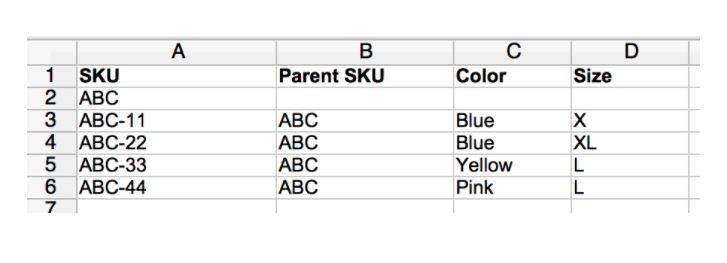Which PIM Data Is Most Important In E-Commerce?

PIM data refers to product data stored within a product information management (PIM) system. This data is used in e-commerce systems to share logistical data (shipping info, lead times, etc.), online shopping attributes (product photos, videos, etc.), and marketing data (product descriptions, color choices, sizes, etc.).
With a PIM solution, online retailers can centralize all product information and digital assets in a single place and distribute them through various channels.
Data is synchronized in real-time to ensure all information is consistent and current. This improved data quality significantly benefits retailers, particularly those who sell on multiple channels, as it helps prevent product listings that are inaccurate or missing descriptions or images.
A PIM can store and manage a variety of types of data including:
- Core product data: name, description
- Product attributes and specifications: SKU, price, dimensions, materials
- Taxonomies and relationships: categories, collections, variations
- Digital assets: images, videos
While all the types of PIM data play a role in e-commerce, two are particularly important:
- Product Attributes
- Product Relationships
[toc-embed headline=”Product attributes”]
Product Attributes
Product attributes are PIM data that are essential to e-commerce because they provide buyers with critical details about your products. Throughout their shopping journey, consumers will research products looking for specific qualities. Product attributes allow you to present the specifications for your products in a clearly structured way, making it easy for customers to determine if an item meets their needs.
Well-defined product attributes also enable your products to appear in search results and filtered catalogs both on your properties and other marketplaces.
By grouping attributes based on shared characteristics, you can improve the quality of PIM data and manage your attributes more efficiently.
Examples of different attribute groups include:
- Physical attributes (size, color)
- Technical specifications (materials, water-proof)
- Marketing attributes (keywords, metadata)
Grouping attributes can also improve product enrichment as tracking which details are missing from products is easier.
PIM software like that offered by fabric gives you even more control over your product attributes through families. Families are a unique set of attributes that can be applied to a defined group of product items.
For example, let’s say you have a line of t-shirts all with the following attributes:
- Size
- Color
- Material
- Fit
Instead of applying the attributes to each product individually, you can save this set of attributes as a family and then assign that family to your t-shirt category so that any product in the category will automatically have these attributes.
[toc-embed headline=”Product relationships”]
Product Relationships
Relationships are another critical type of PIM data for e-commerce as they provide a framework for managing products more efficiently while establishing valuable connections that can be used for marketing efforts.
The most common form of product relationships are variable products such as clothing where there are multiple versions of a single product based on size, color, or other attributes.
Managing this product data involves using SKUs with a parent-child relationship where there is a master product with the parent SKU and each variant has its own SKU consisting of the parent SKU appended by a unique identifier.
Properly structuring the SKUs for your products not only helps improve data quality, but it is necessary to successfully push your products to other platforms like Amazon or Google Shopping.
For example, Amazon requires variable products to have a parent entry to hold all variations together. Below is an example of the structure:

Amazon requires variable products to have a parent entry within their PIM data.
Beyond variable products, some of the important relationships between your products could include:
- Accessories
- Replacement parts
- Cross-selling options
- Upsell options
fabric Product Catalog makes it easy to define the important relationships between your products. You can use SKU sets to list individual products to be sold together as a bundle and you can add products to collections that can be used to run targeted promotions. All PIM data is accurate, up to date, and can be seamlessly distributed across platforms.
Tech advocate and writer @ fabric.